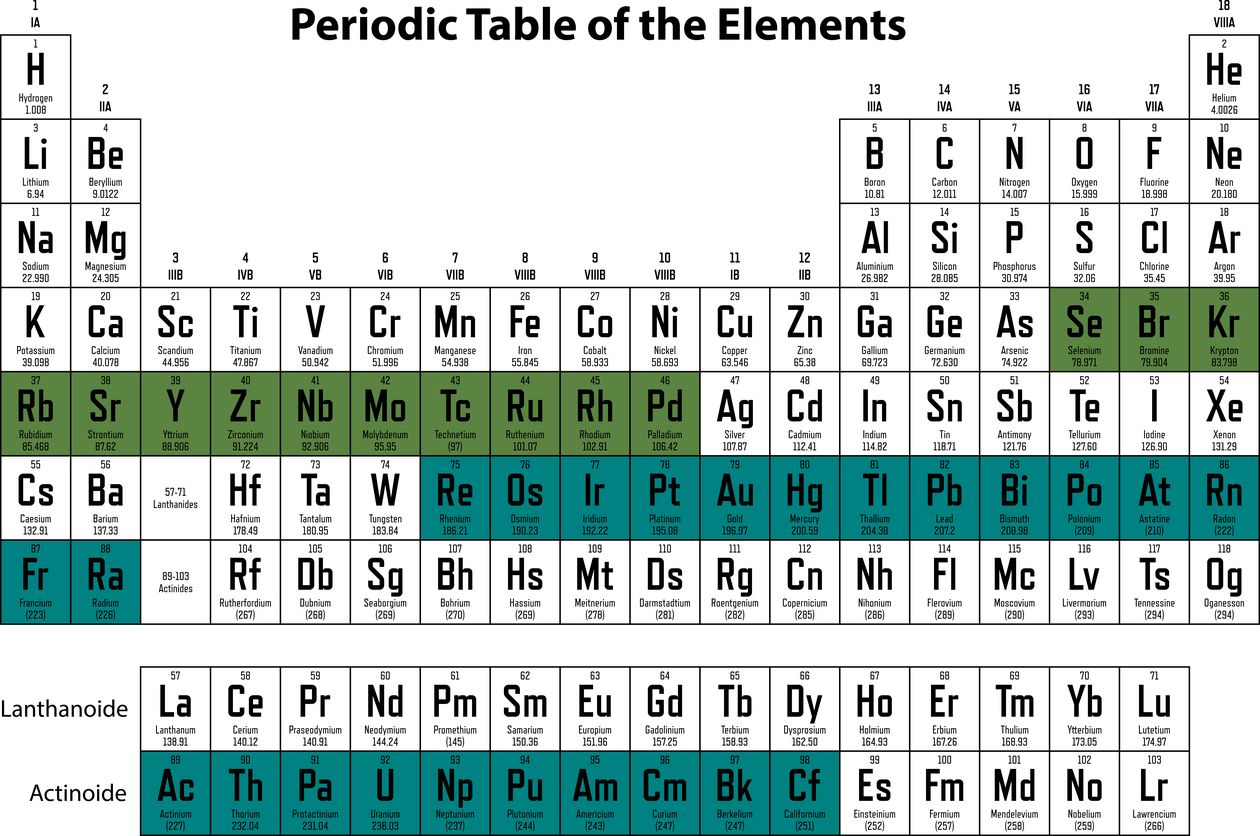Chemical analysis of materials with high atomic numbers (Z) with our laboratory XAS system
X-ray absorption spectroscopy (XAS) is a powerful method for studying chemical states and the coordinated environments of selected elements. XAS has been commercially available for laboratory use for several years. In this report, we demonstrate the exceptional performance of Sigray's QuantumLeap H2000 for high-energy XAS on a Zr sample at 17998 eV.
Many laboratory XAS systems have difficulty at energies >12 keV due to increasing sagittal errors for Johann geometries at high energies. This is problematic because many important catalysts (Pt and Zr) and actinoids (U, Pu, Th, etc.) have L and K edges in the 12 to 25 keV range (see Fig. 1).
Sigray's QuantumLeap X-ray absorption spectroscopy systems are the first XAS laboratory instruments with synchrotron-like capabilities. The QuantumLeap systems combine several patented features, e.g.
- ultra-bright X-ray sources, the imaging technology and
- the system design
The QuantumLeap H-series is optimized for a wide energy range from 4.5 and 25 keV. In particular, the capacities in the high-energy range between 12 and 25 keV are of great importance for numerous nuclear applications as well as in catalysis.
Experiments and results
We have used the QuantumLeap on a Zr foil with a thickness of 7.5 µm to demonstrate the capabilities offered by the system in high energy X-ray near edge absorption spectroscopy (XANES) and X-ray absorption fine structure (EXAFS) analysis
Method
Using intuitive software, the K-edge of Zr was selected from the periodic table of the elements.
The system automatically selected the appropriate crystal – a cylindrically bent Johansson crystal Ge (800). An energy spectrum of 17.8-18.7 keV (wavenumber k=~13 Å-1) was produced within seven hours (see Fig. 2). The XAS data were processed and analyzed using the Athena and Artemis programs of the IFEFFIT package [1].
Results and discussion
Quantitative analysis of the Zr K-edge EXAFS was performed by fitting theoretical EXAFS spectra to the experimental data in R-space to obtain structural parameters (see Table 1). Included were the coordination number N, the bond length R, and the perturbation factor σ2. The scattering contributions from the shortest Zr-Zr bond of 3.21 Å are also included.
The correlation between bond length and perturbation factors between synchrotron and QuantumLeap data is excellent. The error bars of all parameters are small, which emphasizes the reliability of the results.
| Structural parameters | Synchrotron | Sigray QuantumLeap |
|---|---|---|
| N | 12 | 12 |
| R (Å) | 3.23 ± 0.01 | 3.21 ± 0.01 |
| σ2 (Å2) | 0.009 ± 0.001 | 0.012 ± 0.002 |
Synchrotron and Sigray QuantumLeap Zr spectra (17.8 to 18.7 keV) were analyzed with Artemis. The results show excellent agreement with each other, demonstrating the exceptional high-energy XAS capabilities of the QuantumLeap
Summary
We have demonstrated that laboratory XAS using Sigray's QuantumLeap system can provide synchrotron-like results for high-energy XAS analysis. Using well-established software, measurements on a Zr foil were converted into quantitative results (bond length, coordination number, and local atomistic disorder).
[1] B. Ravel and M. Newville, ATHENA, ARTEMIS, HEPHAESTUS: data analysis for X-ray absorption spectroscopy using IFEFFIT, Journal of Synchrotron Radiation 12, 537-541 (2005).





